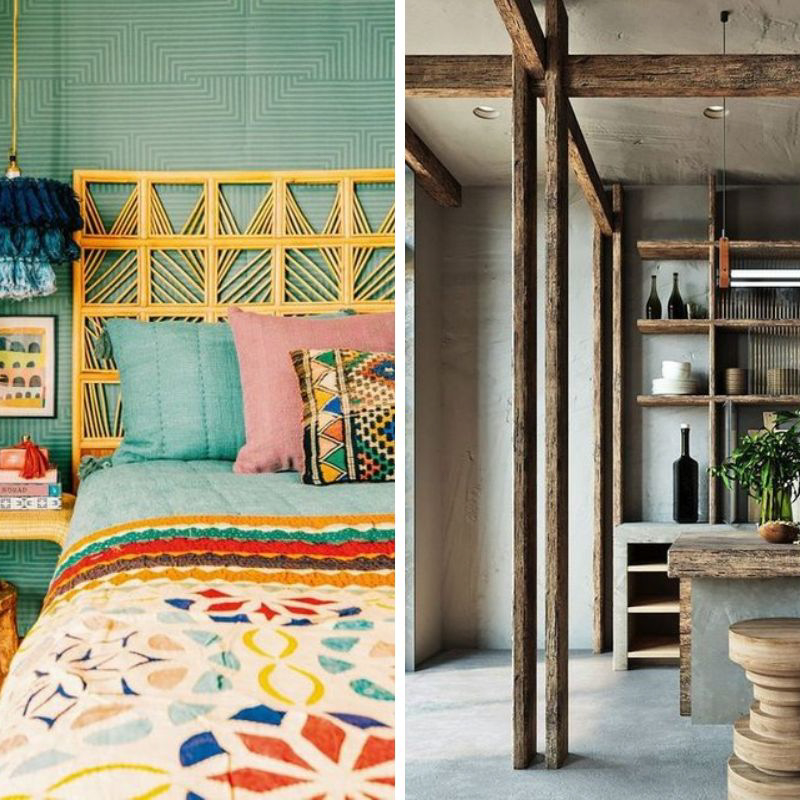
Exploring Impressive False Ceiling Images in Interior Design
Introduction
False ceilings, also known as drop ceilings or suspended ceilings, provide a practical and aesthetically pleasing solution to hide electrical cables, ductwork and plumbing while creating an impression of higher ceilings. In interior design, false ceilings have evolved to become a crucial element in creating a space that is both functional and visually appealing. The use of false ceilings has made it possible to incorporate various lighting systems, textures, and designs that exemplify creativity in interior design. This article will explore some of the most impressive and inspiring false ceiling images in interior design, discussing their unique features, materials, and benefits.
Types of False Ceiling
False ceiling designs are broadly categorized into gypsum, metal, glass and fabric.
-
Gypsum
Gypsum false ceilings are made of a lightweight material that is fire-resistant, soundproof, and easy to install. These ceilings are popular in modern interiors and can be designed in a range of patterns, textures, and colors. Examples include:
- Rectangular shape with embedded lights
- Circular patterns on the ceiling panels
- Wave-like shape that creates a sculptural effect
-
Metal
Metal false ceilings are durable, resistant to moisture, and offer a sleek and modern look. They are popular in commercial spaces but are also finding their way into residential interiors. Examples include:
- Perforated metal panels that allow light and air to pass through
- Metal tiles in patterns such as hexagons, squares and circles
- Colorful metal panels that create a bold statement in a contemporary space
-
Glass
Glass false ceilings are a luxurious and modern option that can help to enhance the ambiance of a space. They create an impression of larger spaces by reflecting light and surrounding decor. Examples include:
- Opaque white glass ceiling panels for a chic and minimalist feel
- Textured glass ceilings with intricate patterns that create a visual treat
- Stained glass ceilings for a dramatic, Gothic, or bohemian theme
-
Fabric
Fabric false ceilings offer warmth, texture, and a cozy feel. They are perfect for creating a soft and intimate ambiance in spaces such as bedrooms, lounges, and hospitality interiors. Examples include:
- Stretch fabric panels that create a seamless look and absorb sound
- Pleated fabric ceilings for a romantic or vintage-inspired look
- Acoustic fabric panels for reducing noise pollution in open spaces
Design Elements in False Ceiling Images
False ceilings can incorporate a range of design features such as lighting, texture, color, and patterns to create a unique and inspiring space.
-
Lighting
Lighting plays a crucial role in creating an ambiance in interior spaces. False ceilings allow for the installation of various lighting systems such as recessed lighting, chandeliers, pendant lights, LED strips, and cove lights. The lighting system used in a false ceiling depends on the intended purpose of the space and the design theme. For instance, a bedroom ceiling may have a warm and dim lighting system suitable for creating a cozy mood, while a conference room may have bright lights for better visibility.
-
Texture and Color
False ceilings can incorporate a wide range of textures and colors to create a dynamic and visually appealing space. Gypsum false ceilings can be designed with intricate patterns and textures, while metal false ceilings can be sprayed with color or decorated with stickers that fit the brand theme. Fabric false ceilings can be customized with striking prints or colors that match the surrounding upholstery, decor, and style of a room.
-
Patterns
False ceiling patterns add an interesting dimension to an otherwise plain ceiling. Patterns such as floral, geometric, and abstract designs can create an exciting look that draws attention upwards. Furthermore, patterns can be used to break up a large ceiling space or used to create a focal point above furniture, such as dining tables, couches or reception desks.
The Benefits of False Ceiling Images
Using false ceilings in interior design has several advantages:
- Hide unsightly cables, pipes, and ductwork
- Reduce noise levels in open spaces
- Enhance lighting luminosity and efficiency
- Create visual interest in a space
- Opportunity to incorporate a wide range of colors, textures, patterns, and shapes
- Can contribute to energy conservation by reducing the need for artificial lighting and heating and cooling costs



